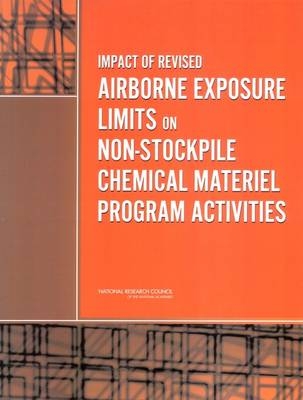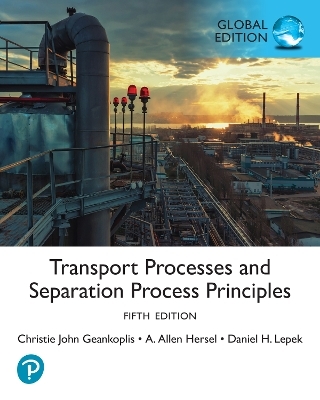
Impact of Revised Airborne Exposure Limits on Non-Stockpile Chemical Materiel Program Activities
Seiten
2005
National Academies Press (Verlag)
978-0-309-09545-7 (ISBN)
National Academies Press (Verlag)
978-0-309-09545-7 (ISBN)
To assist in meeting the recommended limits, the US Army asked the NRC for a review of its implementation plans for destruction of production facilities at the Newport Chemical Depot and the operation of two types of mobile destruction systems. This report presents the results of that review.
The U.S. Army's Non-Stockpile Chemical Materiel program is responsible for dismantling former chemical agent production facilities and destroying recovered chemical materiel. In response to congressional requirements, the Center for Disease Control (CDC), in 2003, recommended new airborne exposure limits (AELs) to protect workforce and public health during operations to destroy this materiel. To assist in meeting these recommended limits, the U.S. Army asked the NRC for a review of its implementation plans for destruction of production facilities at the Newport Chemical Depot and the operation of two types of mobile destruction systems. This report presents the results of that review. It provides recommendations on analytical methods, on airborne containment monitoring, on operational procedures, on the applicability of the Resource Conservation and Recovery Act, and on involvement of workers and the public in implementation of the new AELs.
The U.S. Army's Non-Stockpile Chemical Materiel program is responsible for dismantling former chemical agent production facilities and destroying recovered chemical materiel. In response to congressional requirements, the Center for Disease Control (CDC), in 2003, recommended new airborne exposure limits (AELs) to protect workforce and public health during operations to destroy this materiel. To assist in meeting these recommended limits, the U.S. Army asked the NRC for a review of its implementation plans for destruction of production facilities at the Newport Chemical Depot and the operation of two types of mobile destruction systems. This report presents the results of that review. It provides recommendations on analytical methods, on airborne containment monitoring, on operational procedures, on the applicability of the Resource Conservation and Recovery Act, and on involvement of workers and the public in implementation of the new AELs.
Committee on Review and Assessment of the Army Non-Stockpile Chemical Materiel Demilitarization Program: Workplace Monitoring, National Research Council
1 Front Matter; 2 Executive Summary; 3 1 Introduction; 4 2 A Non-Stockpile Facility and Two Mobile Treatment Systems; 5 3 Old and New Airborne Exposure Limits; 6 4 Air Monitoring Systems; 7 5 Process Implications of the New AELs; 8 6 Regulatory Approval and Permitting, and Public Involvement; 9 References; 10 Appendix A Biographical Sketches of Committee Members; 11 Appendix B Non-Stockpile Inventories; 12 Appendix C Committee Meetings and Other Activities; 13 Appendix D Approved Personal Protective Equipment
| Zusatzinfo | Illustrations |
|---|---|
| Verlagsort | Washington |
| Sprache | englisch |
| Maße | 216 x 280 mm |
| Themenwelt | Technik ► Umwelttechnik / Biotechnologie |
| ISBN-10 | 0-309-09545-X / 030909545X |
| ISBN-13 | 978-0-309-09545-7 / 9780309095457 |
| Zustand | Neuware |
| Haben Sie eine Frage zum Produkt? |
Mehr entdecken
aus dem Bereich
aus dem Bereich
Kommentar der DIN 15905-5, LärmVibrationsArbSchV und …
Buch | Softcover (2023)
DIN Media (Verlag)
CHF 79,95
Buch | Softcover (2023)
DIN Media (Verlag)
CHF 105,55
Buch | Softcover (2024)
Pearson Education Limited (Verlag)
CHF 106,45


